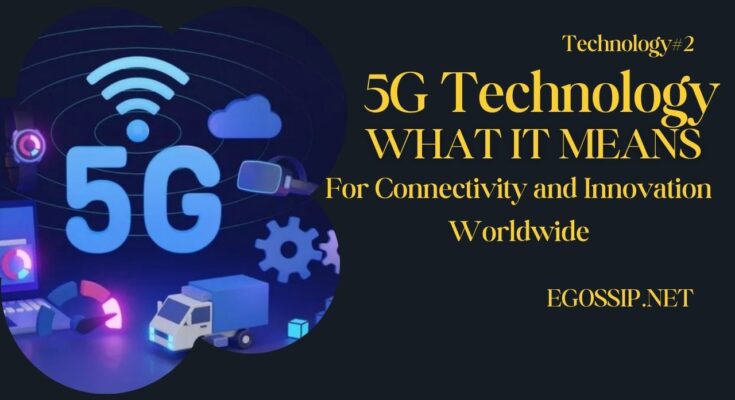The rollout of 5G technology is poised to revolutionize the way we connect and communicate, offering unprecedented speed, capacity, and reliability. As the fifth generation of mobile networks, 5G is set to transform various sectors, enhancing connectivity and driving innovation across the globe.
Enhanced Speed and Capacity
One of the most significant benefits of 5G is its incredibly fast data transfer speeds, which can reach up to 10 gigabits per second—up to 100 times faster than 4G. This increase in speed allows for seamless streaming of high-definition videos, real-time gaming, and instant downloads. Additionally, 5G networks can support a significantly larger number of devices simultaneously, making them ideal for densely populated urban areas and the increasing number of connected devices in our homes.
Low Latency
5G technology boasts low latency, reducing the delay between sending and receiving data. This is crucial for applications requiring real-time interaction, such as remote surgeries in healthcare, autonomous vehicles, and smart manufacturing. With latency as low as one millisecond, 5G enables instantaneous communication, which is essential for critical applications that rely on quick responses.
Empowering the Internet of Things (IoT)
5G is a game-changer for the Internet of Things (IoT), connecting everything from smart appliances to industrial sensors. The enhanced capacity and speed of 5G networks will enable millions of devices to communicate and share data in real time, facilitating smarter cities, efficient supply chains, and improved energy management. For instance, smart traffic systems can optimize traffic flow by communicating with vehicles, significantly reducing congestion and improving urban mobility.
Innovation in Various Sectors
The implications of 5G extend beyond faster internet. In healthcare, 5G can enable telemedicine with high-quality video consultations and remote monitoring of patients. In agriculture, IoT-enabled sensors connected through 5G can enhance precision farming, optimizing resource use and increasing yields. Furthermore, in entertainment, 5G will usher in new experiences, such as augmented reality (AR) and virtual reality (VR) applications that require high bandwidth.
Challenges and Considerations
Despite its potential, the widespread adoption of 5G faces challenges, including infrastructure development, investment costs, and regulatory hurdles. Additionally, ensuring cybersecurity in a hyper-connected world will be crucial to protect sensitive data and maintain user trust.
Conclusion
5G technology is set to reshape the landscape of connectivity and innovation worldwide. With its ability to deliver faster speeds, low latency, and the capacity to connect more devices, 5G will empower new technologies and applications that can significantly enhance our lives and industries. As we move toward a more connected future, embracing 5G will be key to unlocking unprecedented opportunities for growth and transformation.




